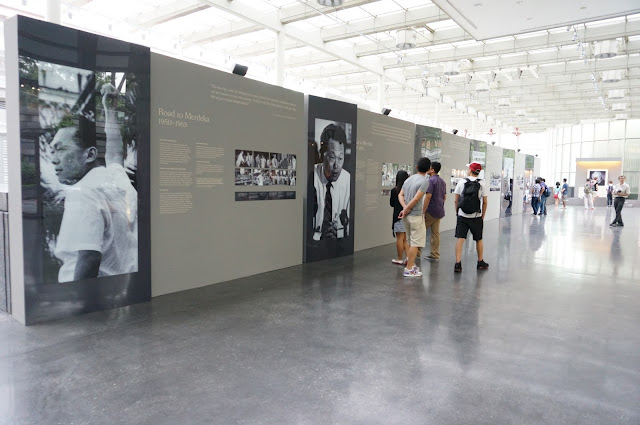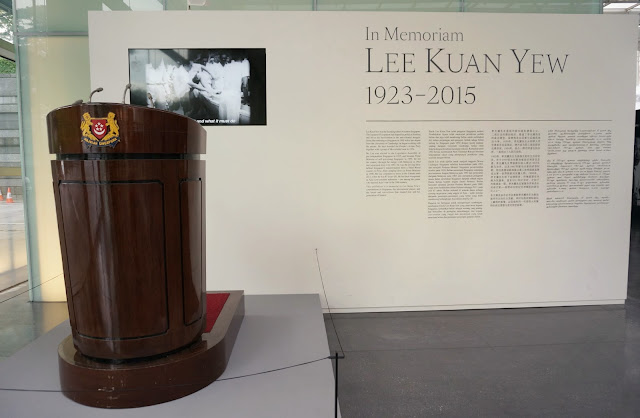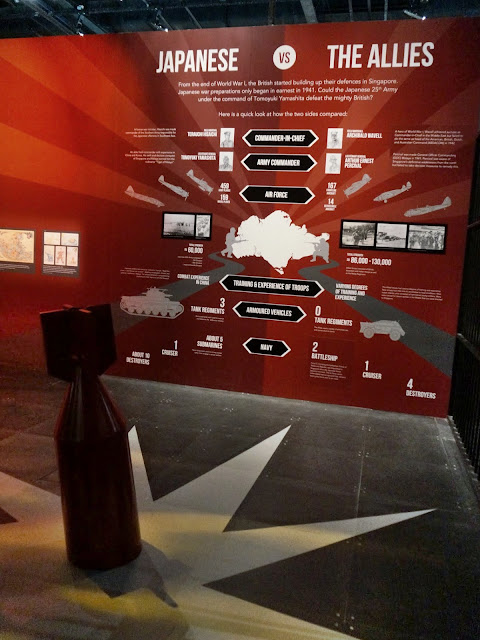
This exhibition is divided into six sections and has a
worksheet that can be downloaded from the
National Museum of Singapore website. Unfortunately, section 1 (Archaeology in Singapore) wasn't open on the day I visited.
Section 2 talks about the ancient Singapore (1300 to 1818). During the Ming Dynasty, there were texts and maps describing the Dragon Tooth Gate, which was a rock formation protruding out of the sea. It was the entrance into the Keppel Harbour we have today. Some years later, A British map named the rock "Lot's Wife".

The five kings of Singapura were Sri Tri Buana, Sri Pikrama Wira, Sri Rana Wikerma, Paduka Sri Maharaja and Sri Sultan Iskandar Shah. Sri Tri Buana was a princely descendant of Alexander the Great and he was more commonly known as Sang Nila Utama to Singaporean, as that was what we had learnt in our history lesson in school.

This artifact is a fragment of the Singapore Stone, which stood at the mouth of Singapore River. The inscription on the stone was evidence that there were human inhabitants as early as the 10th to 13th century.
Section 3 brings us to the colonial period (1819 to 1942), when the British gained the control of Singapore.



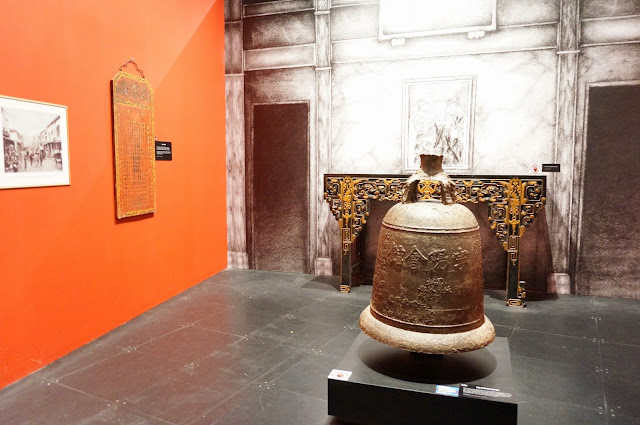
Singapore became a thriving port and migrants flocked from Malaya, China and India.

Historical landmark buildings
Section 4 recounts the life during the Japanese Occupation (1942 to 1945). Then, Singapore was renamed Syonan-To, meaning "the Light of the South". There's constantly a humming sound of the military planes flying overhead, like there's going to be an airstrike.
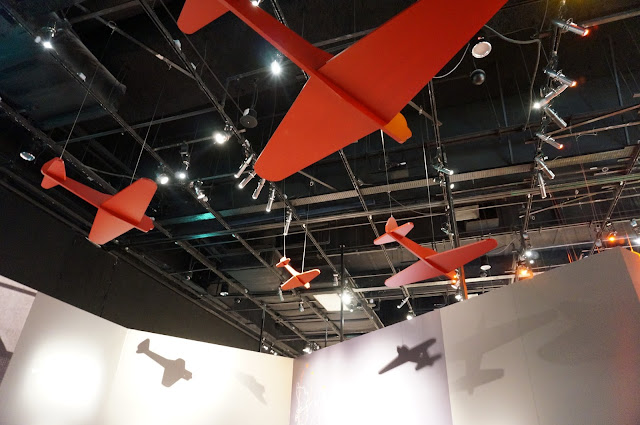


The Japanese language and cultures were taught in schools.
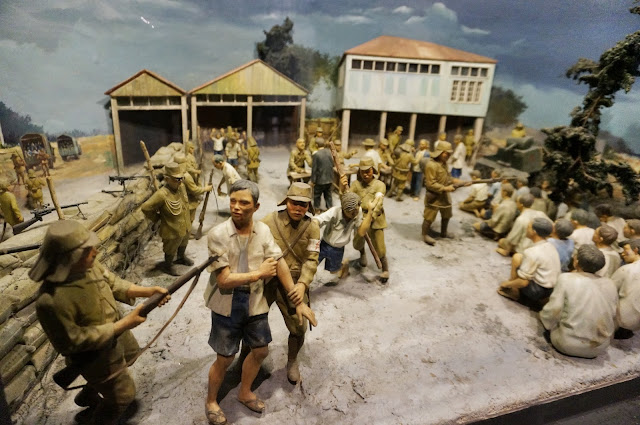
Operation Sook Ching was carried out in an attempt to eliminate anti-Japanese sentiments in the Chinese community.

W R M Haxworth was a former policer inspector, who became a prisoner of war. These are some of his many sketches made during his time in jail.
Section 5 features the postwar years (1946 - 1965), the period of struggle to independence.


Colony of Singapore Annual Report

There are a few audio stations in this section of the exhibition.

Elections and the political parties in those days.
Section 6: Independent Singapore (1965 to 1975).


This area of the exhibition is designed to resemble the kind of housing environment we had. Other than this void deck shown in the photo, there's a display of a typical living room in a HDB flat, as well as a merry-go-round (which you can actually hop on and make your friend push you round and round).







